Gagandeep Singh
NeuroRAD-FM: A Foundation Model for Neuro-Oncology with Distributionally Robust Training
Sep 18, 2025Abstract:Neuro-oncology poses unique challenges for machine learning due to heterogeneous data and tumor complexity, limiting the ability of foundation models (FMs) to generalize across cohorts. Existing FMs also perform poorly in predicting uncommon molecular markers, which are essential for treatment response and risk stratification. To address these gaps, we developed a neuro-oncology specific FM with a distributionally robust loss function, enabling accurate estimation of tumor phenotypes while maintaining cross-institution generalization. We pretrained self-supervised backbones (BYOL, DINO, MAE, MoCo) on multi-institutional brain tumor MRI and applied distributionally robust optimization (DRO) to mitigate site and class imbalance. Downstream tasks included molecular classification of common markers (MGMT, IDH1, 1p/19q, EGFR), uncommon alterations (ATRX, TP53, CDKN2A/2B, TERT), continuous markers (Ki-67, TP53), and overall survival prediction in IDH1 wild-type glioblastoma at UCSF, UPenn, and CUIMC. Our method improved molecular prediction and reduced site-specific embedding differences. At CUIMC, mean balanced accuracy rose from 0.744 to 0.785 and AUC from 0.656 to 0.676, with the largest gains for underrepresented endpoints (CDKN2A/2B accuracy 0.86 to 0.92, AUC 0.73 to 0.92; ATRX AUC 0.69 to 0.82; Ki-67 accuracy 0.60 to 0.69). For survival, c-index improved at all sites: CUIMC 0.592 to 0.597, UPenn 0.647 to 0.672, UCSF 0.600 to 0.627. Grad-CAM highlighted tumor and peri-tumoral regions, confirming interpretability. Overall, coupling FMs with DRO yields more site-invariant representations, improves prediction of common and uncommon markers, and enhances survival discrimination, underscoring the need for prospective validation and integration of longitudinal and interventional signals to advance precision neuro-oncology.
A Tensor-Based Compiler and a Runtime for Neuron-Level DNN Certifier Specifications
Jul 26, 2025


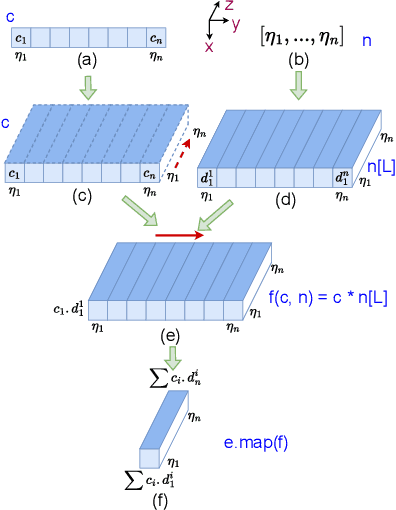
Abstract:The uninterpretability of DNNs has led to the adoption of abstract interpretation-based certification as a practical means to establish trust in real-world systems that rely on DNNs. However, the current landscape supports only a limited set of certifiers, and developing new ones or modifying existing ones for different applications remains difficult. This is because the mathematical design of certifiers is expressed at the neuron level, while their implementations are optimized and executed at the tensor level. This mismatch creates a semantic gap between design and implementation, making manual bridging both complex and expertise-intensive -- requiring deep knowledge in formal methods, high-performance computing, etc. We propose a compiler framework that automatically translates neuron-level specifications of DNN certifiers into tensor-based, layer-level implementations. This is enabled by two key innovations: a novel stack-based intermediate representation (IR) and a shape analysis that infers the implicit tensor operations needed to simulate the neuron-level semantics. During lifting, the shape analysis creates tensors in the minimal shape required to perform the corresponding operations. The IR also enables domain-specific optimizations as rewrites. At runtime, the resulting tensor computations exhibit sparsity tied to the DNN architecture. This sparsity does not align well with existing formats. To address this, we introduce g-BCSR, a double-compression format that represents tensors as collections of blocks of varying sizes, each possibly internally sparse. Using our compiler and g-BCSR, we make it easy to develop new certifiers and analyze their utility across diverse DNNs. Despite its flexibility, the compiler achieves performance comparable to hand-optimized implementations.
Compression Aware Certified Training
Jun 13, 2025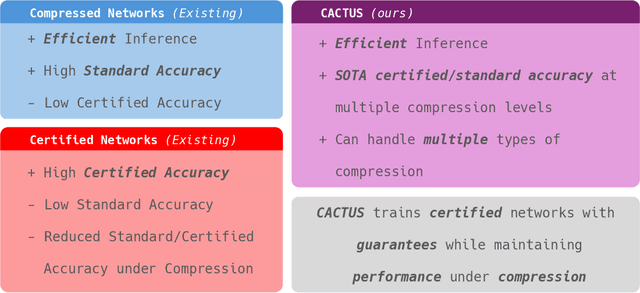
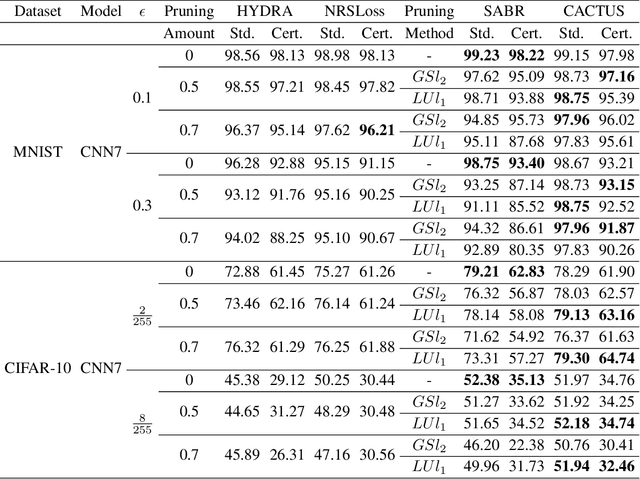
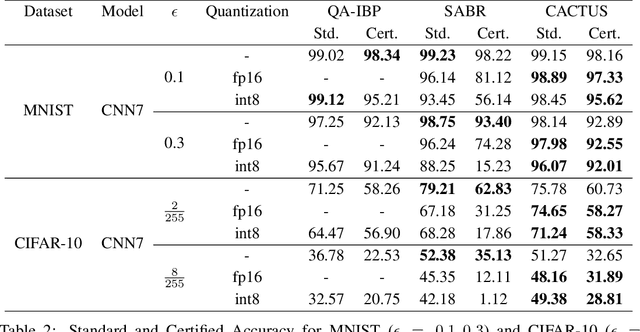

Abstract:Deep neural networks deployed in safety-critical, resource-constrained environments must balance efficiency and robustness. Existing methods treat compression and certified robustness as separate goals, compromising either efficiency or safety. We propose CACTUS (Compression Aware Certified Training Using network Sets), a general framework for unifying these objectives during training. CACTUS models maintain high certified accuracy even when compressed. We apply CACTUS for both pruning and quantization and show that it effectively trains models which can be efficiently compressed while maintaining high accuracy and certifiable robustness. CACTUS achieves state-of-the-art accuracy and certified performance for both pruning and quantization on a variety of datasets and input specifications.
Data Shifts Hurt CoT: A Theoretical Study
Jun 12, 2025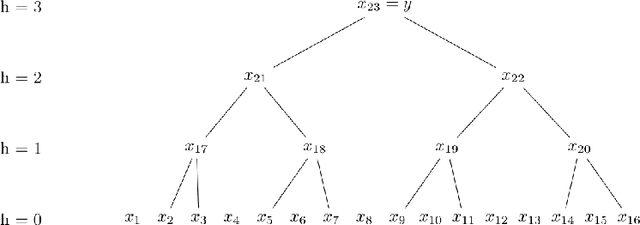
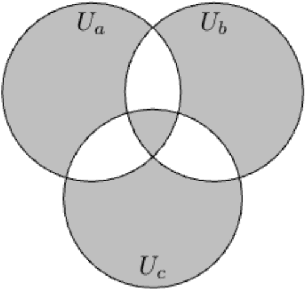
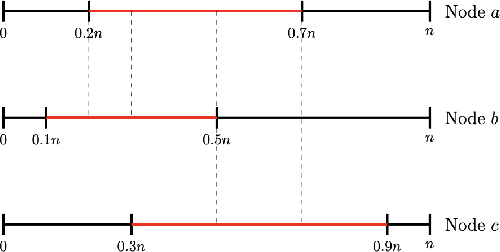
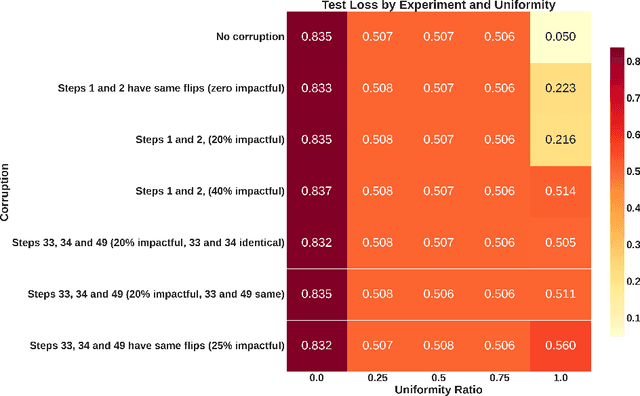
Abstract:Chain of Thought (CoT) has been applied to various large language models (LLMs) and proven to be effective in improving the quality of outputs. In recent studies, transformers are proven to have absolute upper bounds in terms of expressive power, and consequently, they cannot solve many computationally difficult problems. However, empowered by CoT, transformers are proven to be able to solve some difficult problems effectively, such as the $k$-parity problem. Nevertheless, those works rely on two imperative assumptions: (1) identical training and testing distribution, and (2) corruption-free training data with correct reasoning steps. However, in the real world, these assumptions do not always hold. Although the risks of data shifts have caught attention, our work is the first to rigorously study the exact harm caused by such shifts to the best of our knowledge. Focusing on the $k$-parity problem, in this work we investigate the joint impact of two types of data shifts: the distribution shifts and data poisoning, on the quality of trained models obtained by a well-established CoT decomposition. In addition to revealing a surprising phenomenon that CoT leads to worse performance on learning parity than directly generating the prediction, our technical results also give a rigorous and comprehensive explanation of the mechanistic reasons of such impact.
TRAP: Targeted Redirecting of Agentic Preferences
May 29, 2025Abstract:Autonomous agentic AI systems powered by vision-language models (VLMs) are rapidly advancing toward real-world deployment, yet their cross-modal reasoning capabilities introduce new attack surfaces for adversarial manipulation that exploit semantic reasoning across modalities. Existing adversarial attacks typically rely on visible pixel perturbations or require privileged model or environment access, making them impractical for stealthy, real-world exploitation. We introduce TRAP, a generative adversarial framework that manipulates the agent's decision-making using diffusion-based semantic injections. Our method combines negative prompt-based degradation with positive semantic optimization, guided by a Siamese semantic network and layout-aware spatial masking. Without requiring access to model internals, TRAP produces visually natural images yet induces consistent selection biases in agentic AI systems. We evaluate TRAP on the Microsoft Common Objects in Context (COCO) dataset, building multi-candidate decision scenarios. Across these scenarios, TRAP achieves a 100% attack success rate on leading models, including LLaVA-34B, Gemma3, and Mistral-3.1, significantly outperforming baselines such as SPSA, Bandit, and standard diffusion approaches. These results expose a critical vulnerability: Autonomous agents can be consistently misled through human-imperceptible cross-modal manipulations. These findings highlight the need for defense strategies beyond pixel-level robustness to address semantic vulnerabilities in cross-modal decision-making.
ImmunoDiff: A Diffusion Model for Immunotherapy Response Prediction in Lung Cancer
May 29, 2025Abstract:Accurately predicting immunotherapy response in Non-Small Cell Lung Cancer (NSCLC) remains a critical unmet need. Existing radiomics and deep learning-based predictive models rely primarily on pre-treatment imaging to predict categorical response outcomes, limiting their ability to capture the complex morphological and textural transformations induced by immunotherapy. This study introduces ImmunoDiff, an anatomy-aware diffusion model designed to synthesize post-treatment CT scans from baseline imaging while incorporating clinically relevant constraints. The proposed framework integrates anatomical priors, specifically lobar and vascular structures, to enhance fidelity in CT synthesis. Additionally, we introduce a novel cbi-Adapter, a conditioning module that ensures pairwise-consistent multimodal integration of imaging and clinical data embeddings, to refine the generative process. Additionally, a clinical variable conditioning mechanism is introduced, leveraging demographic data, blood-based biomarkers, and PD-L1 expression to refine the generative process. Evaluations on an in-house NSCLC cohort treated with immune checkpoint inhibitors demonstrate a 21.24% improvement in balanced accuracy for response prediction and a 0.03 increase in c-index for survival prediction. Code will be released soon.
DINGO: Constrained Inference for Diffusion LLMs
May 29, 2025Abstract:Diffusion LLMs have emerged as a promising alternative to conventional autoregressive LLMs, offering significant potential for improved runtime efficiency. However, existing diffusion models lack the ability to provably enforce user-specified formal constraints, such as regular expressions, which makes them unreliable for tasks that require structured outputs, such as fixed-schema JSON generation. Unlike autoregressive models that generate tokens sequentially, diffusion LLMs predict a block of tokens in parallel. This parallelism makes traditional constrained decoding algorithms, which are designed for sequential token prediction, ineffective at preserving the true output distribution. To address this limitation, we propose DINGO, a dynamic programming-based constrained decoding strategy that is both efficient and provably distribution-preserving. DINGO enables sampling of output strings with the highest probability under the model's predicted distribution, while strictly satisfying any user-specified regular expression. On standard symbolic math and JSON generation benchmarks, DINGO achieves up to a 68 percentage point improvement over unconstrained inference
Learning a Pessimistic Reward Model in RLHF
May 26, 2025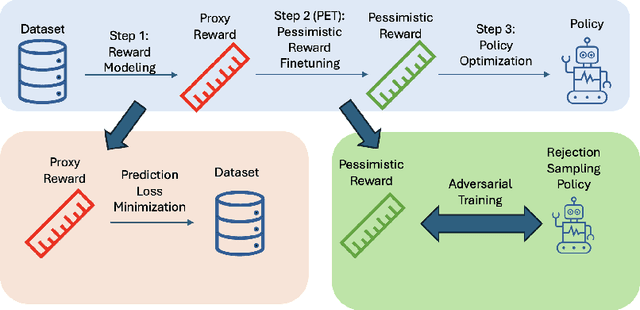


Abstract:This work proposes `PET', a novel pessimistic reward fine-tuning method, to learn a pessimistic reward model robust against reward hacking in offline reinforcement learning from human feedback (RLHF). Traditional reward modeling techniques in RLHF train an imperfect reward model, on which a KL regularization plays a pivotal role in mitigating reward hacking when optimizing a policy. Such an intuition-based method still suffers from reward hacking, and the policies with large KL divergence from the dataset distribution are excluded during learning. In contrast, we show that when optimizing a policy on a pessimistic reward model fine-tuned through PET, reward hacking can be prevented without relying on any regularization. We test our methods on the standard TL;DR summarization dataset. We find that one can learn a high-quality policy on our pessimistic reward without using any regularization. Such a policy has a high KL divergence from the dataset distribution while having high performance in practice. In summary, our work shows the feasibility of learning a pessimistic reward model against reward hacking. The agent can greedily search for the policy with a high pessimistic reward without suffering from reward hacking.
Misaligning Reasoning with Answers -- A Framework for Assessing LLM CoT Robustness
May 23, 2025Abstract:LLMs' decision-making process is opaque, prompting the need for explanation techniques like Chain-of-Thought. To investigate the relationship between answer and reasoning, we design a novel evaluation framework, MATCHA. In domains like education and healthcare, reasoning is key for model trustworthiness. MATCHA reveals that LLMs under input perturbations can give inconsistent or nonsensical reasoning. Additionally, we use LLM judges to assess reasoning robustness across models. Our results show that LLMs exhibit greater vulnerability to input perturbations for multi-step and commonsense tasks than compared to logical tasks. Also, we show non-trivial transfer rates of our successful examples to black-box models. Our evaluation framework helps to better understand LLM reasoning mechanisms and guides future models toward more robust and reasoning-driven architectures, enforcing answer-reasoning consistency.
Improving Assembly Code Performance with Large Language Models via Reinforcement Learning
May 16, 2025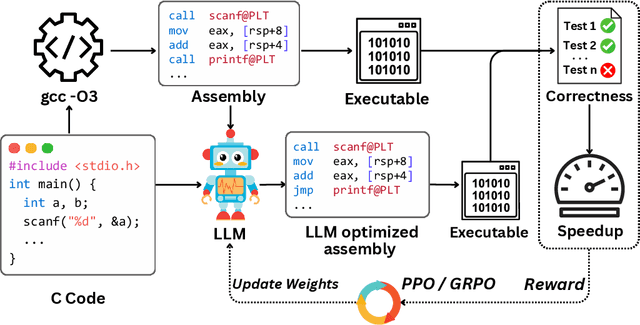



Abstract:Large language models (LLMs) have demonstrated strong performance across a wide range of programming tasks, yet their potential for code optimization remains underexplored. This work investigates whether LLMs can optimize the performance of assembly code, where fine-grained control over execution enables improvements that are difficult to express in high-level languages. We present a reinforcement learning framework that trains LLMs using Proximal Policy Optimization (PPO), guided by a reward function that considers both functional correctness, validated through test cases, and execution performance relative to the industry-standard compiler gcc -O3. To support this study, we introduce a benchmark of 8,072 real-world programs. Our model, Qwen2.5-Coder-7B-PPO, achieves 96.0% test pass rates and an average speedup of 1.47x over the gcc -O3 baseline, outperforming all 20 other models evaluated, including Claude-3.7-sonnet. These results indicate that reinforcement learning can unlock the potential of LLMs to serve as effective optimizers for assembly code performance.
 Add to Chrome
Add to Chrome Add to Firefox
Add to Firefox Add to Edge
Add to Edge